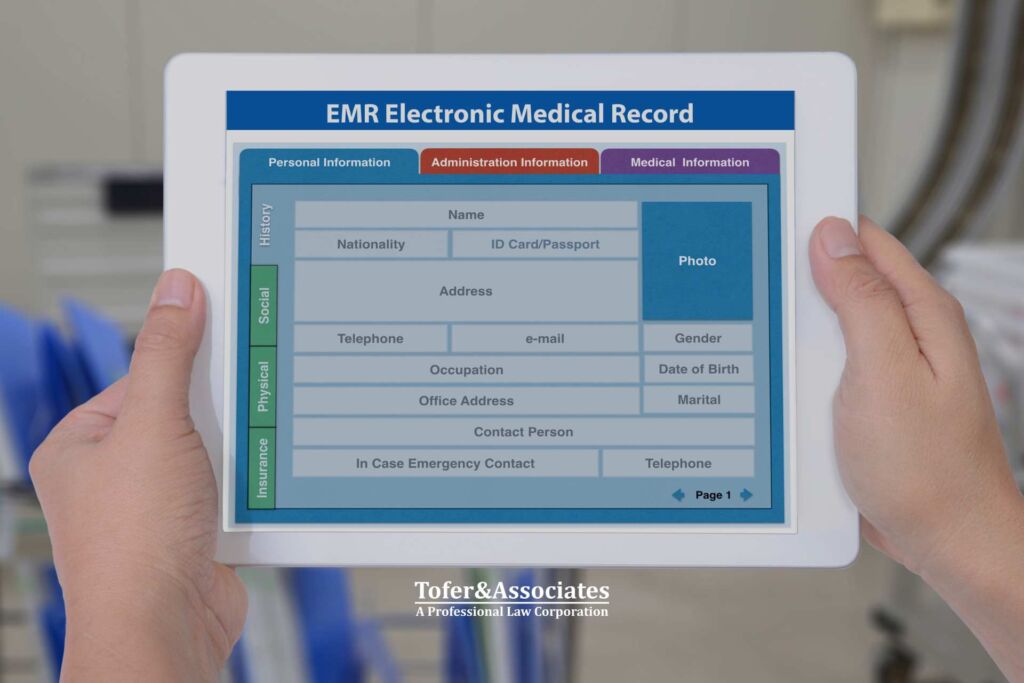Navigating Rideshare Accidents: Understanding Liability with Uber and Lyft
Rideshare services such as Uber and Lyft have revolutionized urban transportation by offering convenient, app-based travel options. However, with this innovation comes a set of complex legal challenges, particularly when accidents occur. Determining liability in these situations is not always straightforward.
Table of Content
When a rideshare accident happens, various parties could be held responsible. These include the driver, their personal insurance provider, or the rideshare company itself. Each of these entities plays a different role, and the specific circumstances of the accident can significantly influence who is ultimately deemed liable.
In many cases, the driver’s personal car insurance may come into play, especially if they are considered independent contractors by the rideshare company. However, there are instances where the rideshare company’s insurance might provide coverage, particularly when the driver is actively working, such as when they have a passenger in the vehicle or are en route to pick one up.
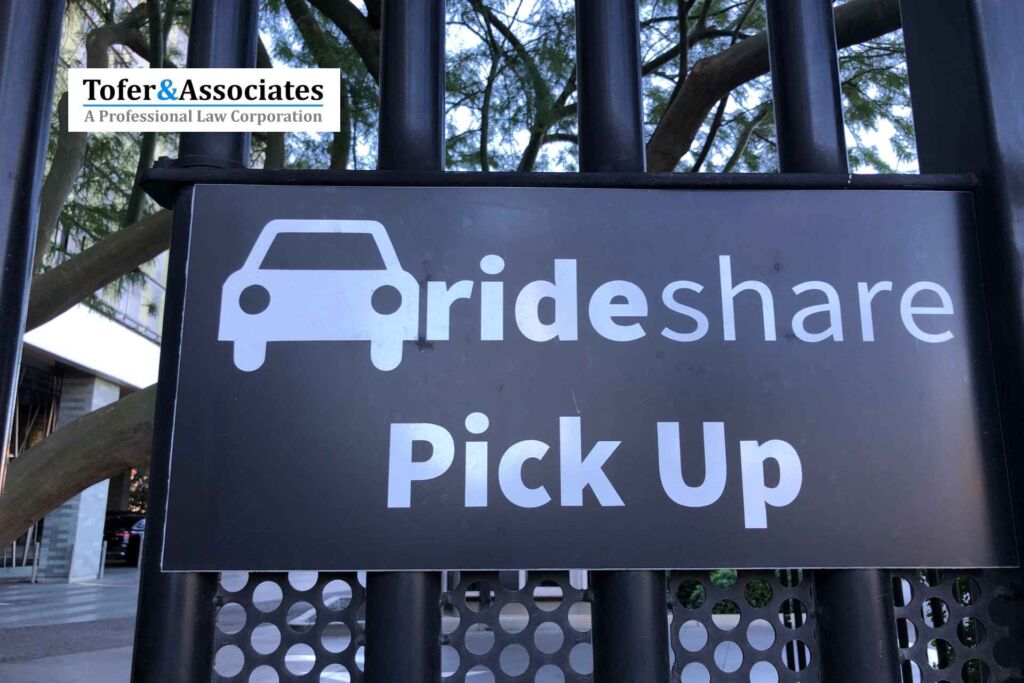
The intricate interplay between personal insurance policies and the coverage provided by rideshare companies can create a complicated legal landscape for accident victims to navigate.
This complexity underscores the importance of seeking expert legal advice following a rideshare accident. Understanding the nuances of insurance policies and the legal responsibilities of each party involved is crucial for ensuring that victims receive the compensation and support they are entitled to. In this article, we delve deeper into these issues, offering insights and guidance to help you navigate this often confusing and challenging area.
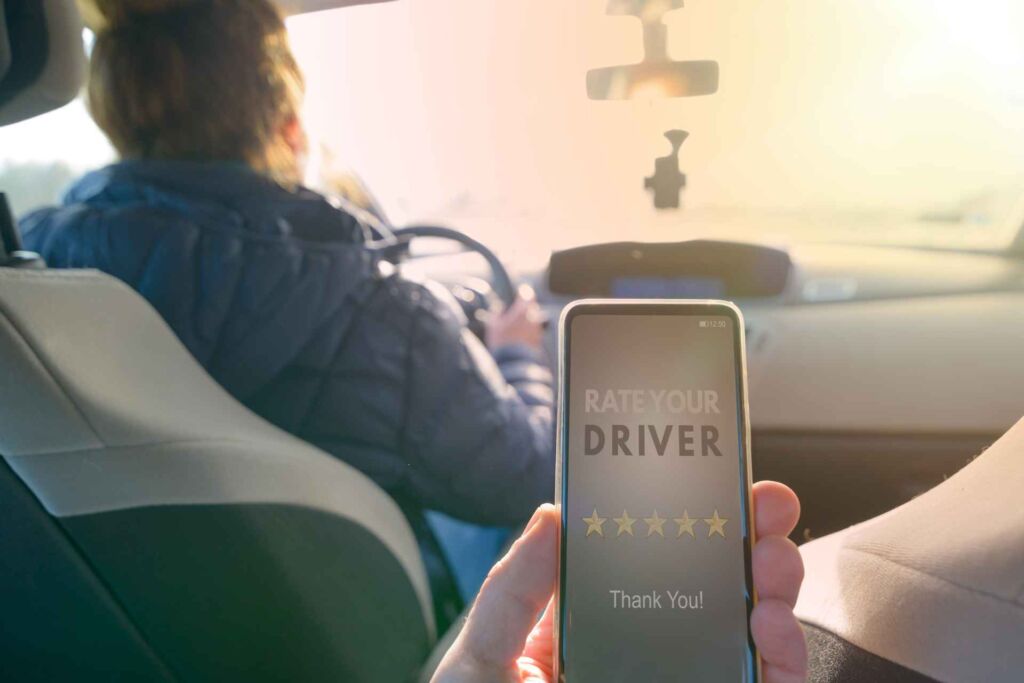
Uber’s Insurance Policy and Driver Responsibility: what happens if your uber crashes.
Uber drivers primarily use their Personal Car Insurance (PCI) when not engaged in a ride. But what happens if your Uber crashes? This scenario uncovers a significant coverage gap. During active rides, Uber’s insurance offers up to $1 million in liability coverage, but ambiguity arises during the “Period 1” or “Pre-trip” stage, when the app is on without passengers.
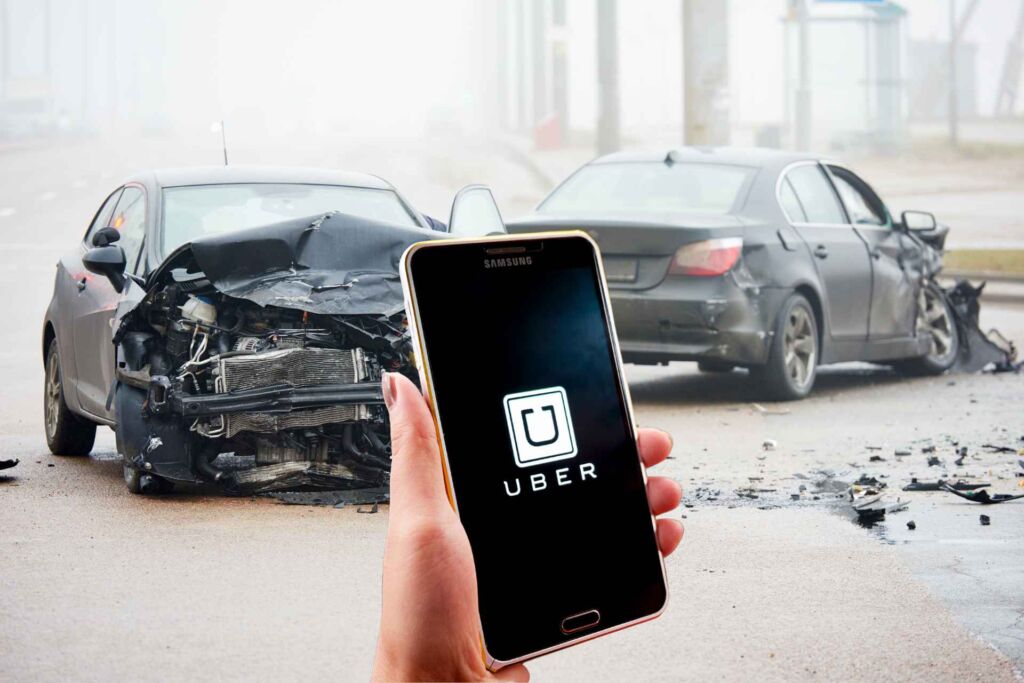
In this phase, Uber provides contingent liability coverage, which only applies if the driver’s PCI is exhausted, or the driver is uninsured or underinsured. This leaves potential vulnerabilities in coverage for both drivers and passengers.
In response to these challenges, Uber has outlined its insurance policy. When the app is inactive, the driver’s PCI is in effect. Conversely, during rides with passengers, Uber’s comprehensive insurance coverage is active, addressing the liability needs up to $1 million.
The gray area remains during the intermediary period when the app is on, but no passenger is in the vehicle, leading to debates over liability.
Lyft’s Approach to Accident Coverage
Lyft’s insurance model is similar to Uber’s. Drivers are under their PCI when off the app. However, once logged in and accepting rides, Lyft’s insurance policy kicks in, offering substantial coverage during active rides. Yet, Lyft faces the same insurance gap as Uber, especially when drivers are available in the app but without passengers.
Many Lyft drivers and passengers wonder whether Lyft pay for accidents. The answer varies depending on the driver’s status within the app. During the intermediary phase or “Period 1,” Lyft also offers contingent liability coverage, but this is capped at $50,000 per person and $250,000 per accident, which is notably less than the coverage provided during active rides.
This disparity in insurance coverage highlights the need for drivers and passengers to understand the limitations and scope of their protection while using the Lyft platform.
Regulatory Response and Evolving Insurance Requirements
The insurance gap in rideshare services, highlighted by high-profile incidents, led to legislative changes in California. Assembly Bill No. 2293 mandates broader insurance requirements for TNCs (Transportation Network Companies), including for situations when drivers are logged in but have yet to pick up passengers.

This law aims to provide clearer insurance guidelines for rideshare drivers, potentially serving as a model for other states. However, the practical implementation of these policies remains a subject of ongoing discussion.
Legal Assistance for Rideshare Accidents Involving Uber and Lyft
For those involved in Uber or Lyft accidents, the complexities of insurance policies and liability can be daunting. At Tofer & Associates, we specialize in navigating these complexities, providing expert legal assistance whether you are a driver, passenger, or a third party affected by a rideshare accident.
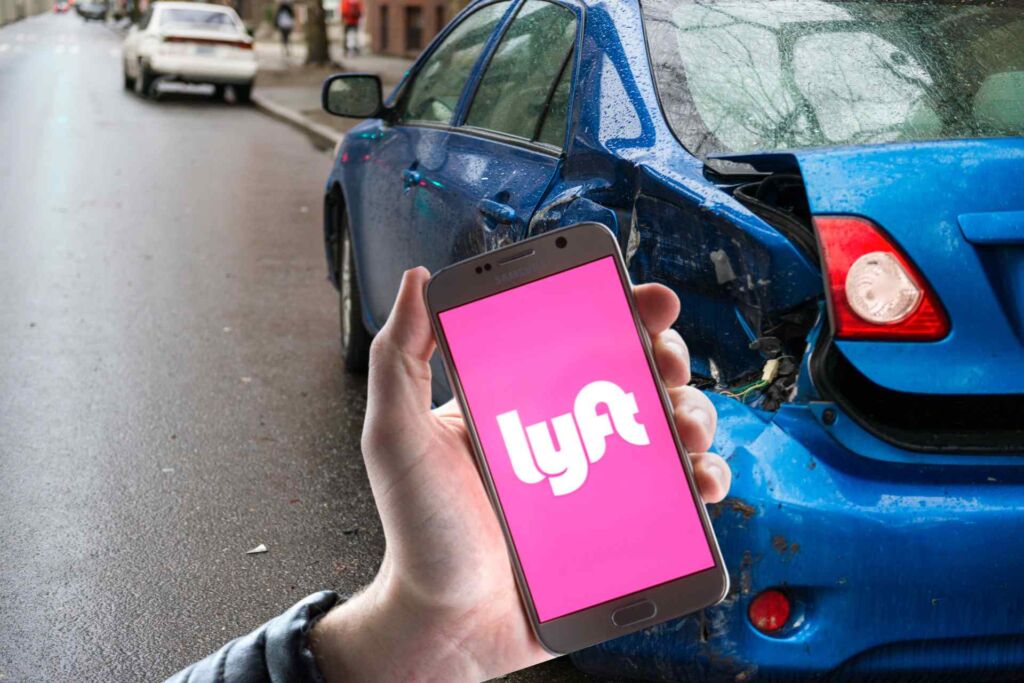
If you have ever been involved in a car accident involving an Uber or Lyft driver, understanding your legal rights and the intricacies of rideshare insurance is crucial. Our experienced team can guide you through the process of filing a claim and advocating for rightful compensation.
Contact Tofer & Associates for a consultation today. We are committed to ensuring you receive the compensation and support you deserve in the aftermath of a rideshare accident.
Common Questions about Uber & Lyft Insurance Policies.
Does Uber Cover Accidents?
Yes, Uber does cover accidents under certain conditions. When a driver is logged into the Uber app and engaged in a ride (either en route to pick up a passenger or with a passenger in the car), Uber’s insurance policy is in effect.
This policy includes liability coverage, which can cover damages and injuries resulting from an accident. However, when the driver is not logged into the Uber app, their personal car insurance is the primary coverage.
Does Uber Insurance Cover Passengers?
Yes, Uber’s insurance policy includes coverage for passengers. When a passenger is in an Uber vehicle during a ride, they are covered by Uber’s liability insurance. This insurance can cover injuries and damages that a passenger may suffer in the event of an accident. Additionally, Uber also provides uninsured/underinsured motorist coverage, which can come into play if another driver causes the accident and lacks adequate insurance.
How to File a Claim with Uber Insurance?
To file a claim with Uber’s insurance:
- Report the Accident: First, report the accident through the Uber app. There’s a section in the app dedicated to reporting accidents or incidents.
- Gather Information: Collect all necessary information from the accident, including photos, driver details, and any witness information.
- Contact Uber Support: Reach out to Uber’s support team for further instructions. They will guide you through the process and inform you about the required documents.
- Submit the Claim: Uber or its insurance provider will guide you on how to formally submit your claim, including providing details of the accident and any supporting documentation.
- Stay in contact with Uber’s support and insurance team for updates on your claim status and any additional steps you may need to take.
What Happens if Your Lyft Driver Gets into an Accident?
If your Lyft driver gets into an accident, Lyft’s insurance policy may cover injuries and damages, depending on the circumstances.
- Ensure Safety and Seek Medical Attention: Immediately after the accident, ensure everyone’s safety and seek medical attention if needed.
- Report the Accident:
-
- Through the Lyft App: Open the Lyft app and navigate to the “Help” section. Select “Report an accident” and follow the prompts to submit a report.
- By Phone: Alternatively, you can report the accident by calling Lyft’s critical response line at 855-865-9553.
- Gather Evidence: Additionally, collect photos of the accident scene, any damage to vehicles involved, and injuries sustained.
- Witness Information: Gather contact information of any witnesses who observed the accident.
Note: It’s crucial to report the accident as soon as possible and provide accurate and detailed information to facilitate the claims process.
Does Lyft Pay for Accidents?
Lyft provides insurance coverage that may pay for damages and injuries in accidents involving their drivers, depending on the driver’s status at the time of the accident. If the Lyft driver is logged into the app and either waiting for a ride request, en route to pick up a passenger, or during a ride, Lyft’s insurance policy is in effect.
This policy can cover various costs, such as medical expenses and property damage, up to certain limits. However, if the driver is not logged into the app, their personal insurance is typically the primary coverage.
Can You Sue Lyft for an Accident?
Yes, you can sue Lyft for an accident in certain circumstances. If you’re involved in an accident as a passenger, pedestrian, or another driver and believe that the Lyft driver or the company was at fault, you have the right to pursue legal action.
This typically involves proving negligence on the part of the Lyft driver or demonstrating that Lyft’s policies contributed to the accident.
It’s advisable to consult with a personal injury lawyer experienced in rideshare accidents like Tofer & Associates, to explore your legal options.


